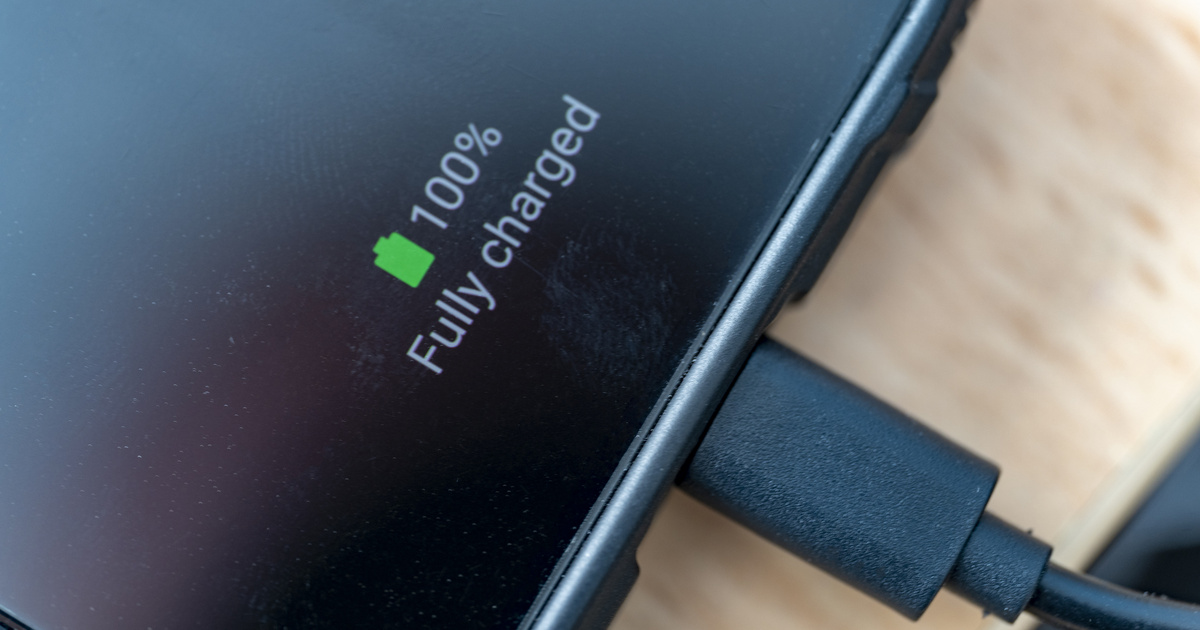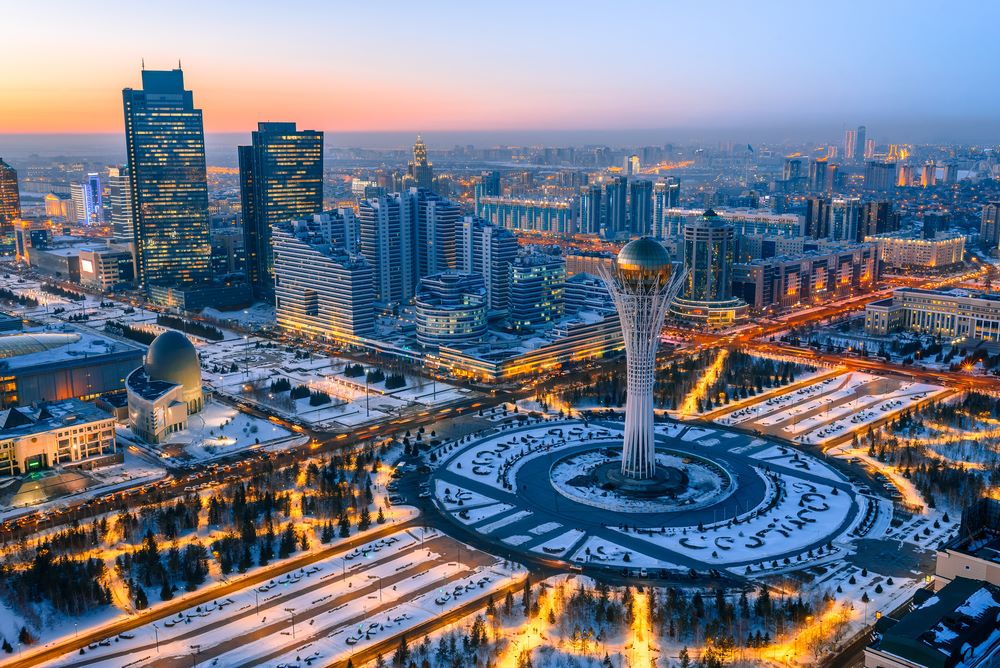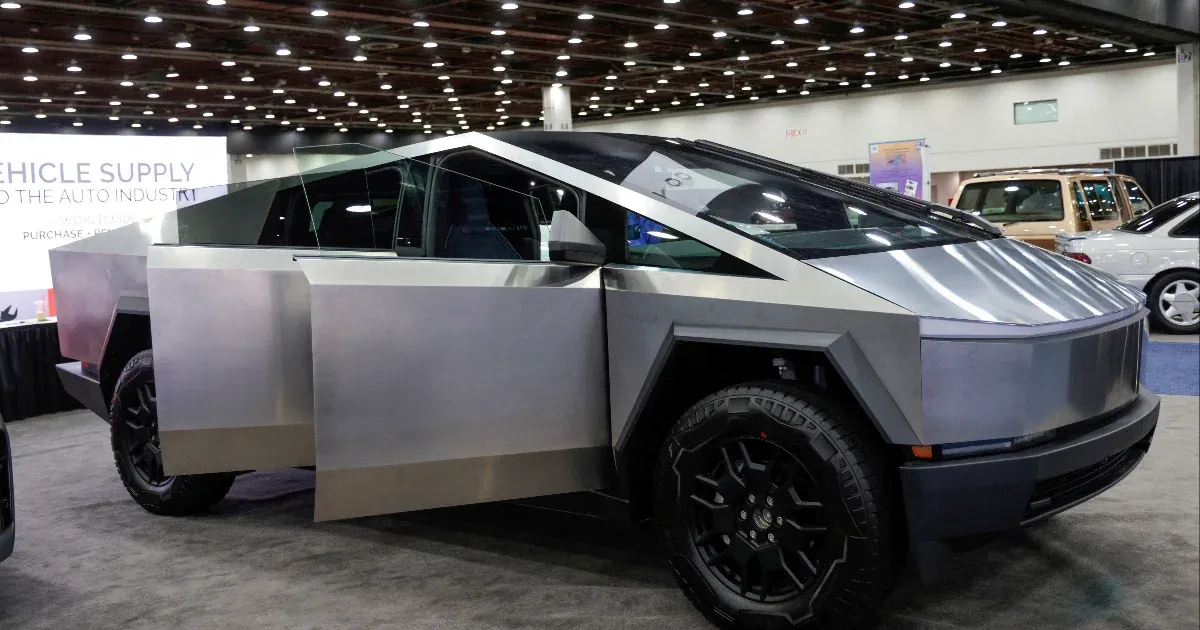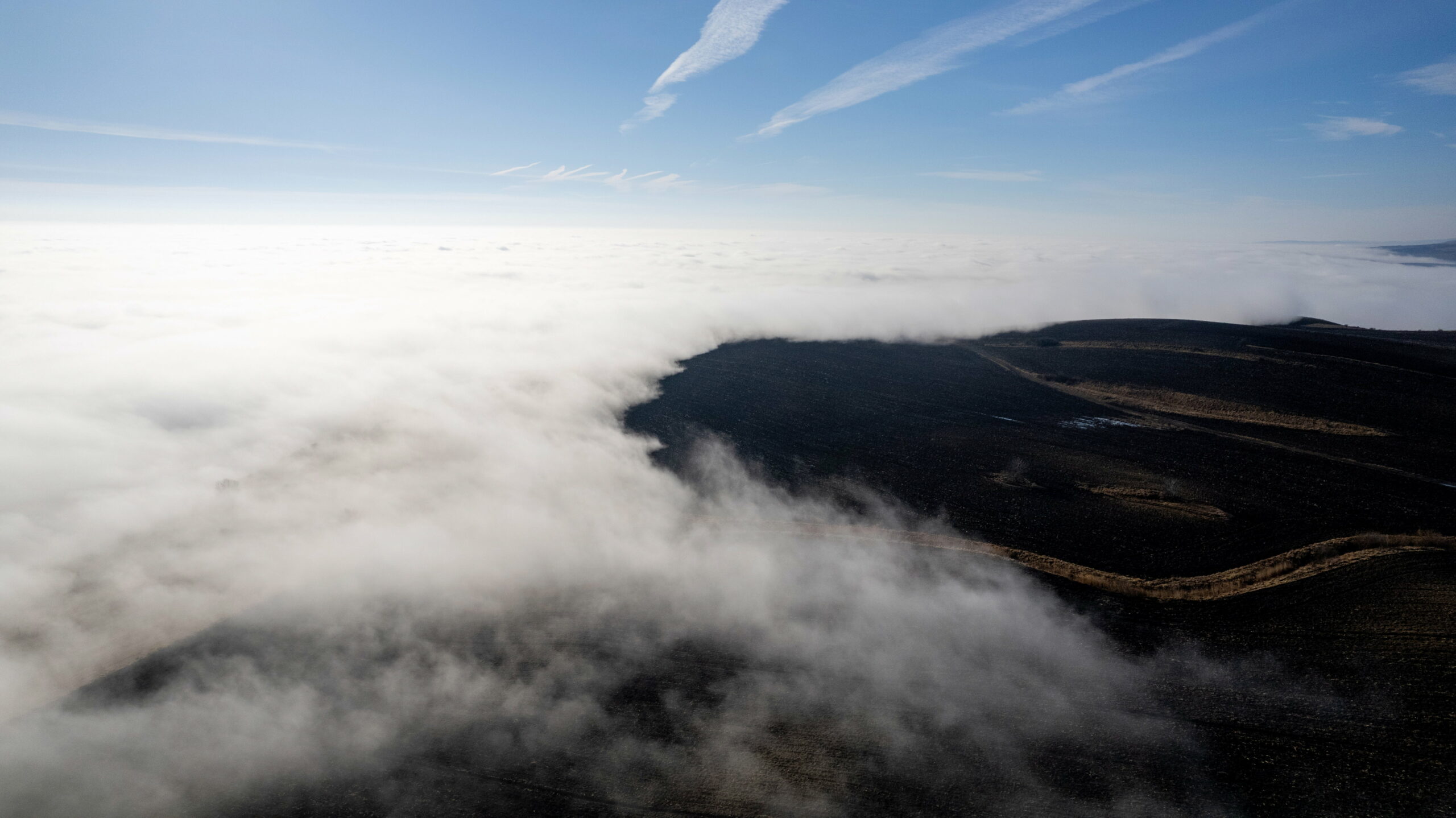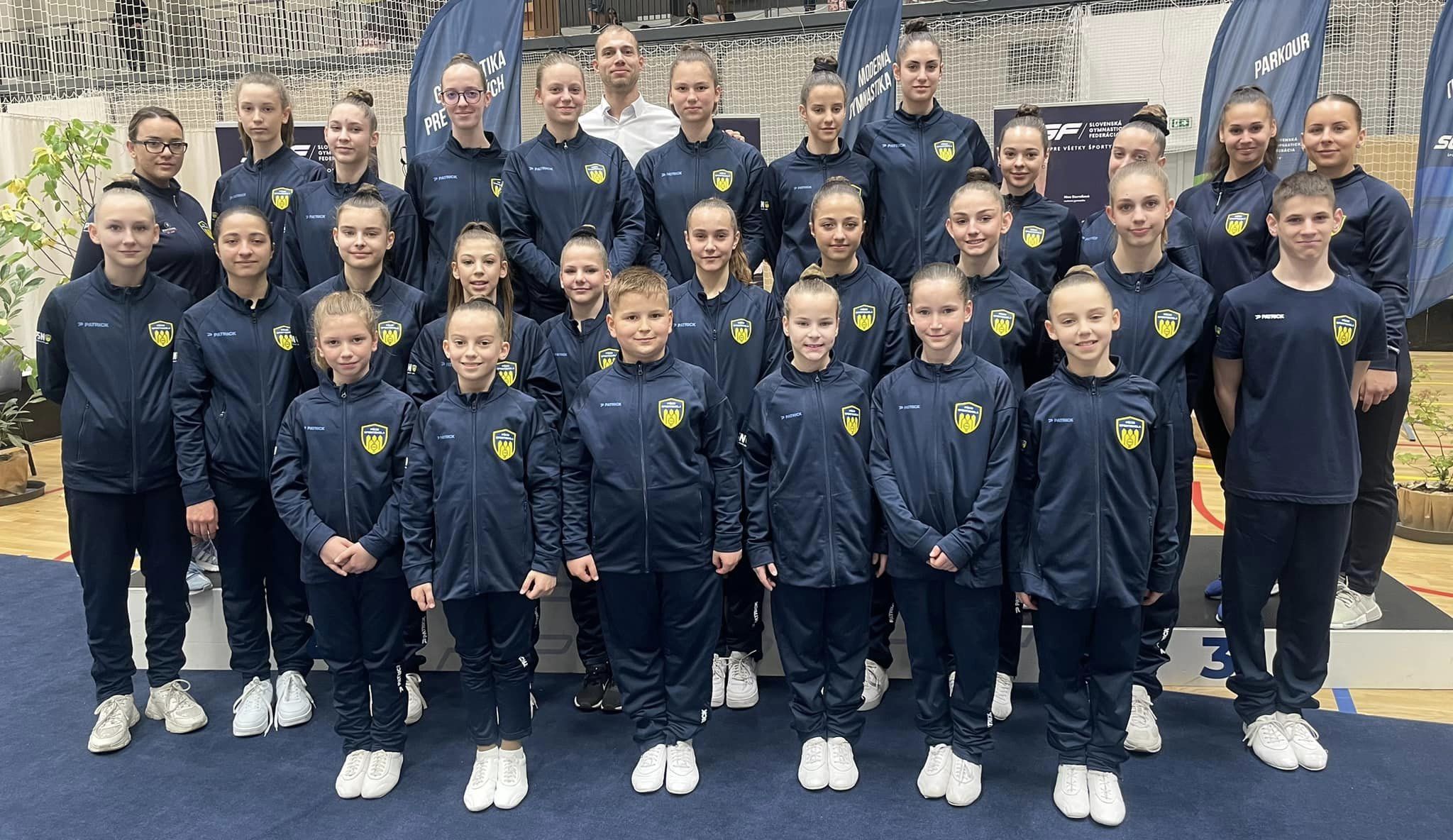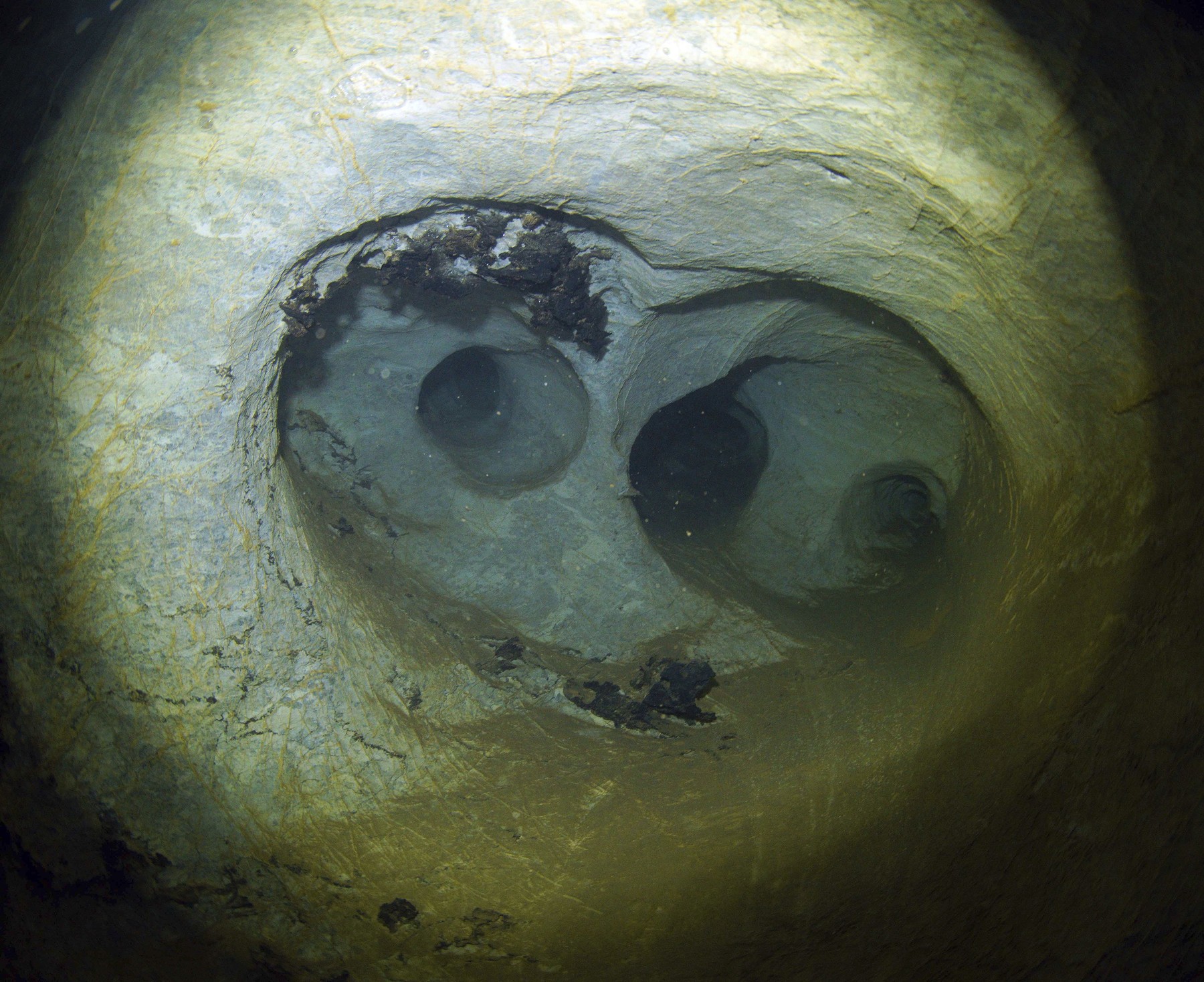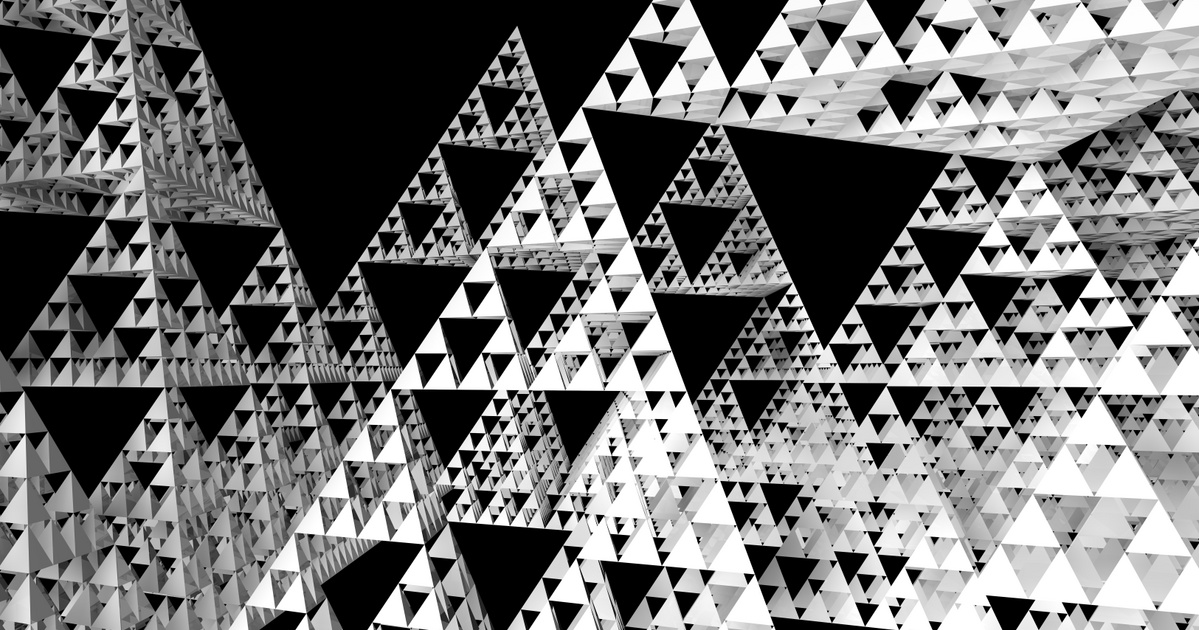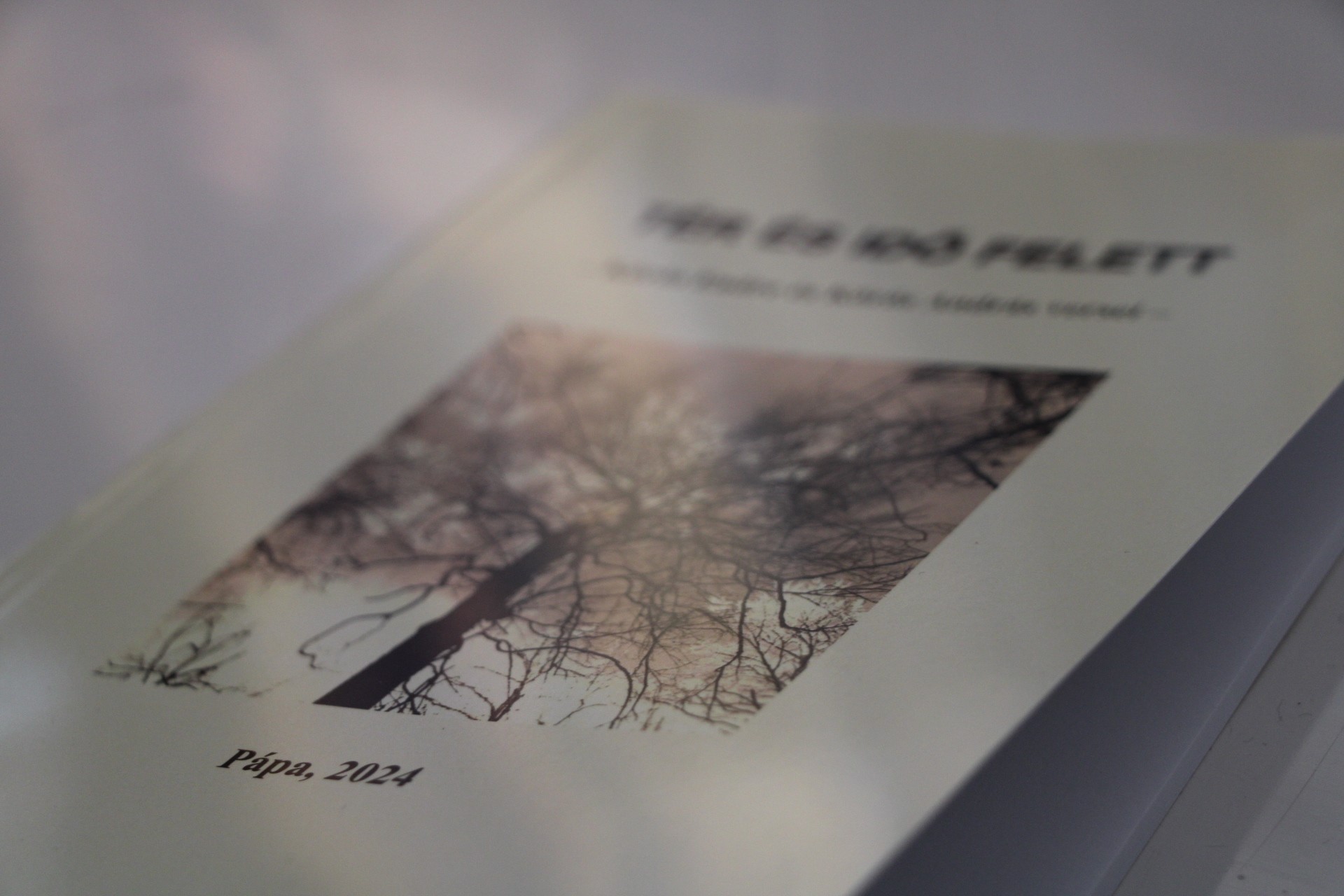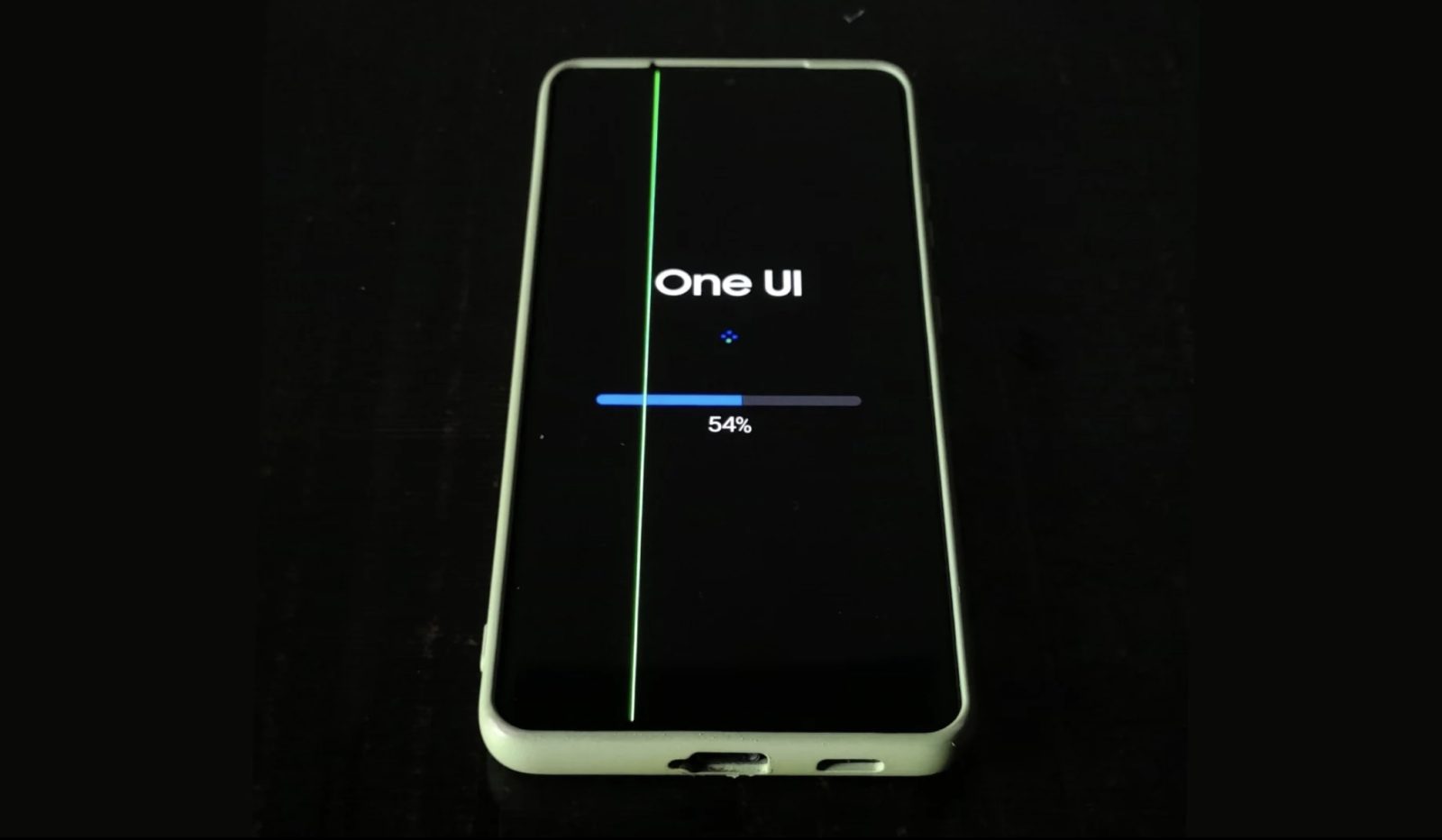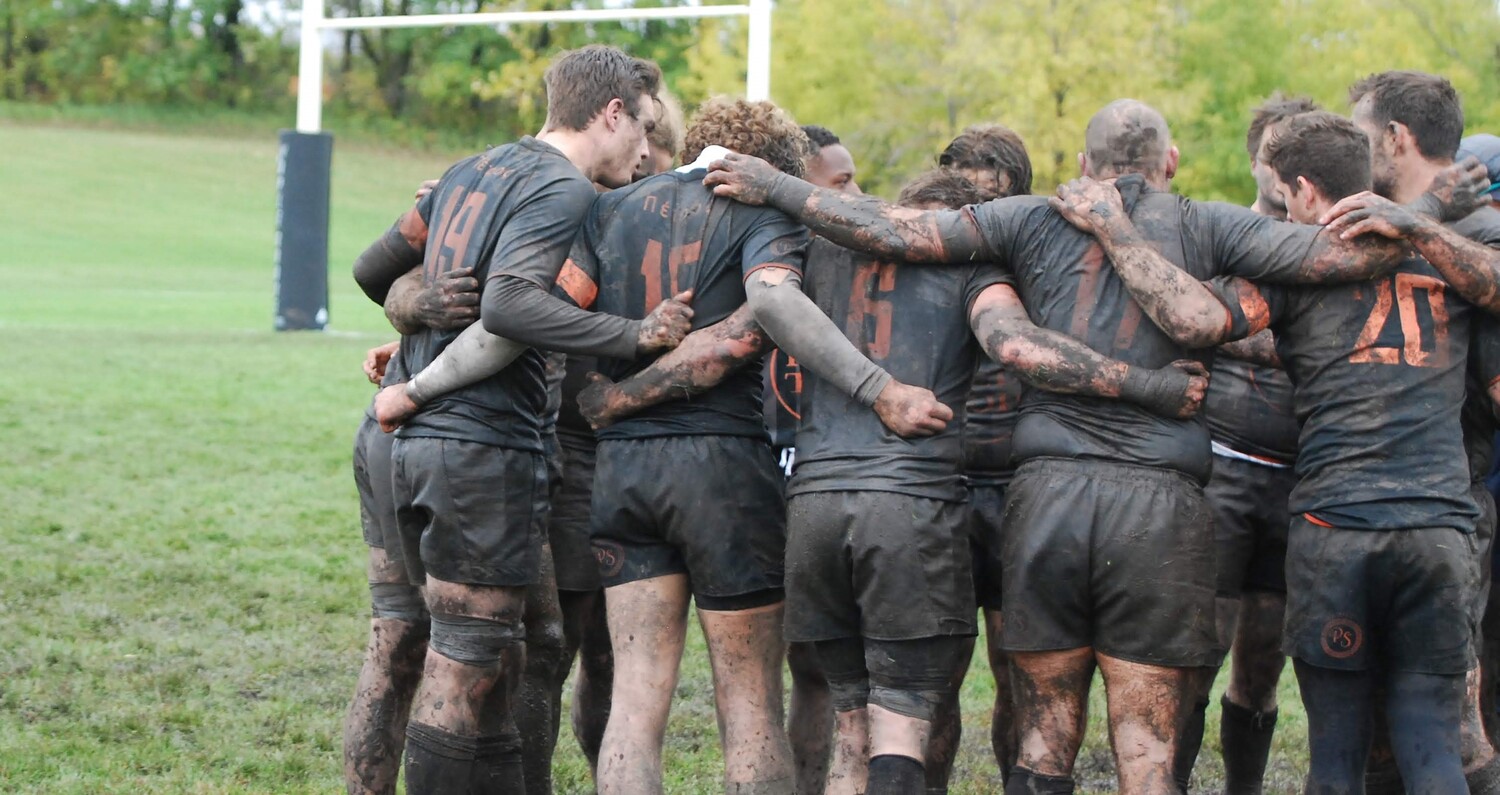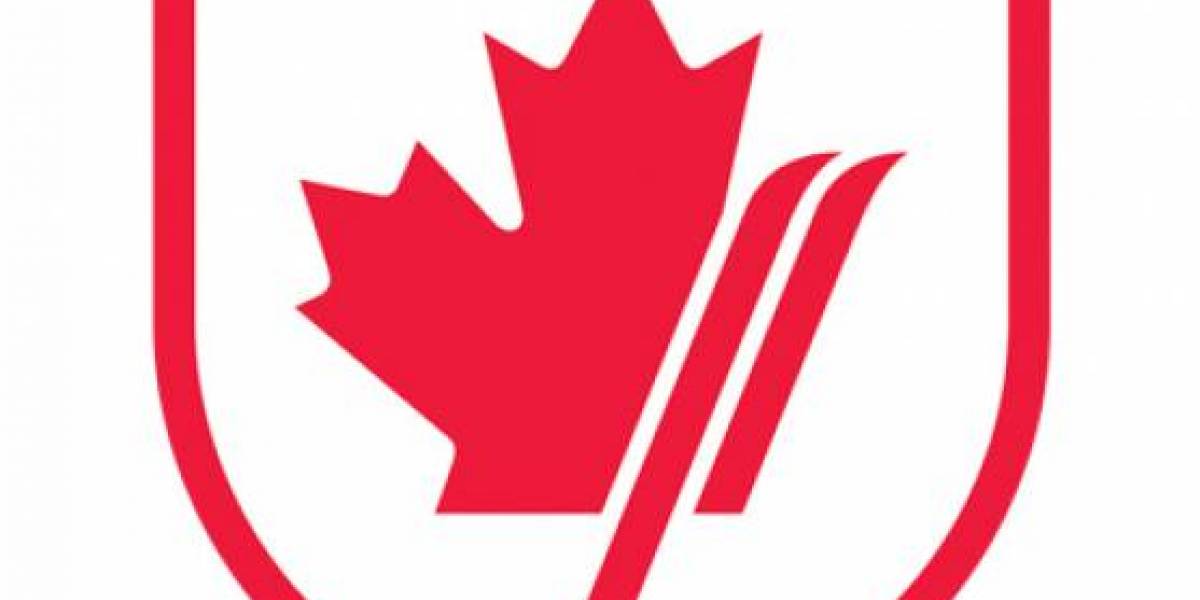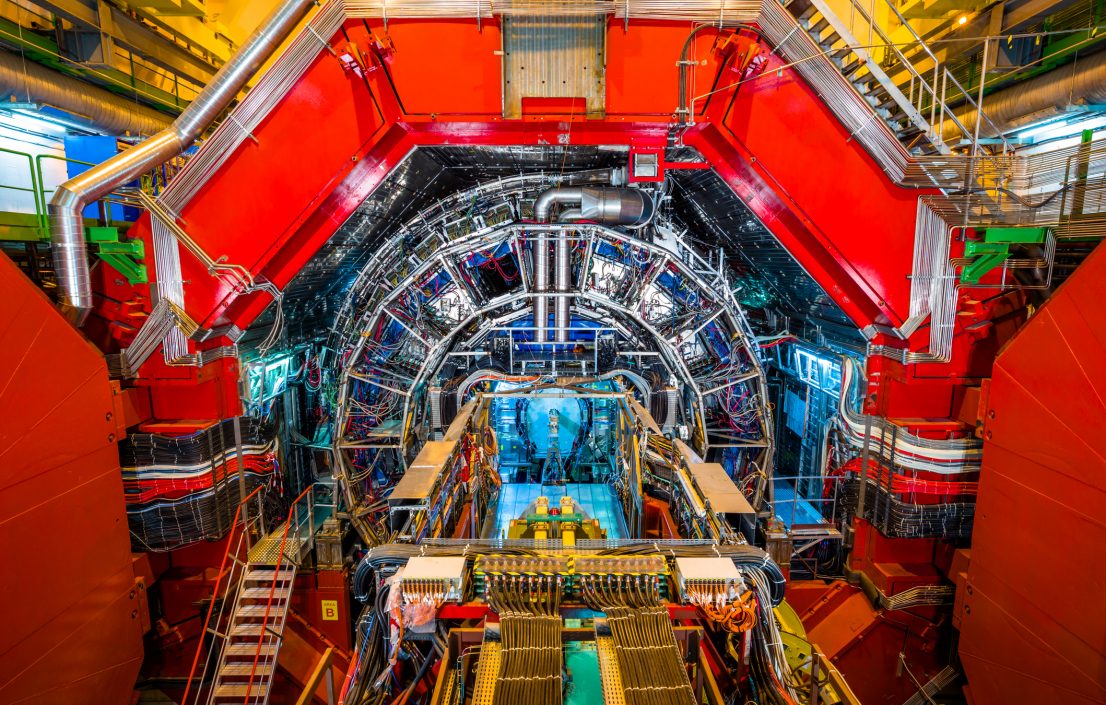According to the announcement, two researchers from the Atomic Nuclear Research Institute (ATOMKI), Noemi Beni and Zoltan Zelassi, have received an award for their work in the popularization of science and for the creation and operation of the world-famous Virtual Visit CMS. France-born Daniel Francois Tessier, currently a member of ATOMKI, has been honored for his coordinating work on the trials. György Bencze, a retired researcher at the Wigner Center for Physical Research, has been awarded the CMS Life Achievement Award for his decades of tireless and dedicated research and development activities.
One of the important tasks of CERN and the experience of CMS is to popularize science, presenting the research and development work conducted at the Institute in a way that is understandable to the general public. So, in 2011, Noémi Béni and Zoltán Szillási . started Virtual guided tourin the framework of which interested groups, especially classes, can look at the work being done here from any corner of the world.
Noémi Béni appears right next to or inside the detector with a hand-held camera, and Zoltán Szillási oversees events from the control room, also with a camera; Both tell stories about interesting facts of physics and technology and answer questions asked. For groups that register from different countries, they try to select a researcher from that country who speaks that language as a tour guide, thus bringing this exotic world closer to those interested. CMS Detector now has more than 400 virtual visits.
Noemi Benny and Zoltan Zelassi won the CMS Award for this activity.
Daniel Francois Teyssier has been at ATOMKI since 2019. His job is to integrate GEM (Gas Electron Multiplexing) detectors into a CMS detector system, to operate and test them, and to fully coordinate this complex task. He has received a CMS Award for his excellent work in recent years.
György Bencze, a CMS Lifetime Achievement Award recipient, has spent most of his scientific work as a researcher at the Wigner Physics Research Center developing, building and developing a muon site system connected to a CMS detector. Many Hungarian researchers can thank him for being part of the work in progress at CERN. György Bencze currently works at the Institute for Nuclear Research.
The awards were presented at a ceremony at CERN on June 29.
CERN (European Center for Nuclear Research – European Center for Nuclear Research) is the largest particle physics laboratory in the world. It is currently working in cooperation with 23 European member states, including Hungary. It is located on the border of Switzerland and France, and its largest structure is a huge ring with a circumference of 27 kilometers under the surface, which is called the LHC (Large Hadron Collider). There are four large particle detectors on the loop: ATLAS, ALICE, CMS, and LHCb.





